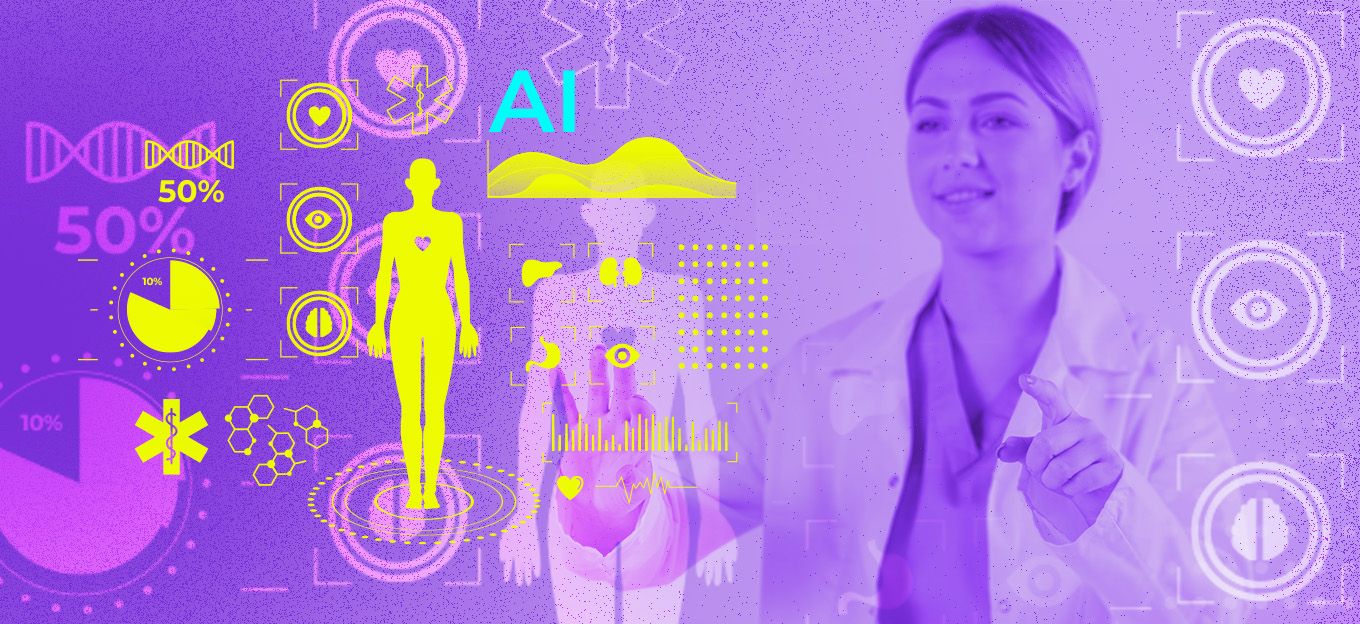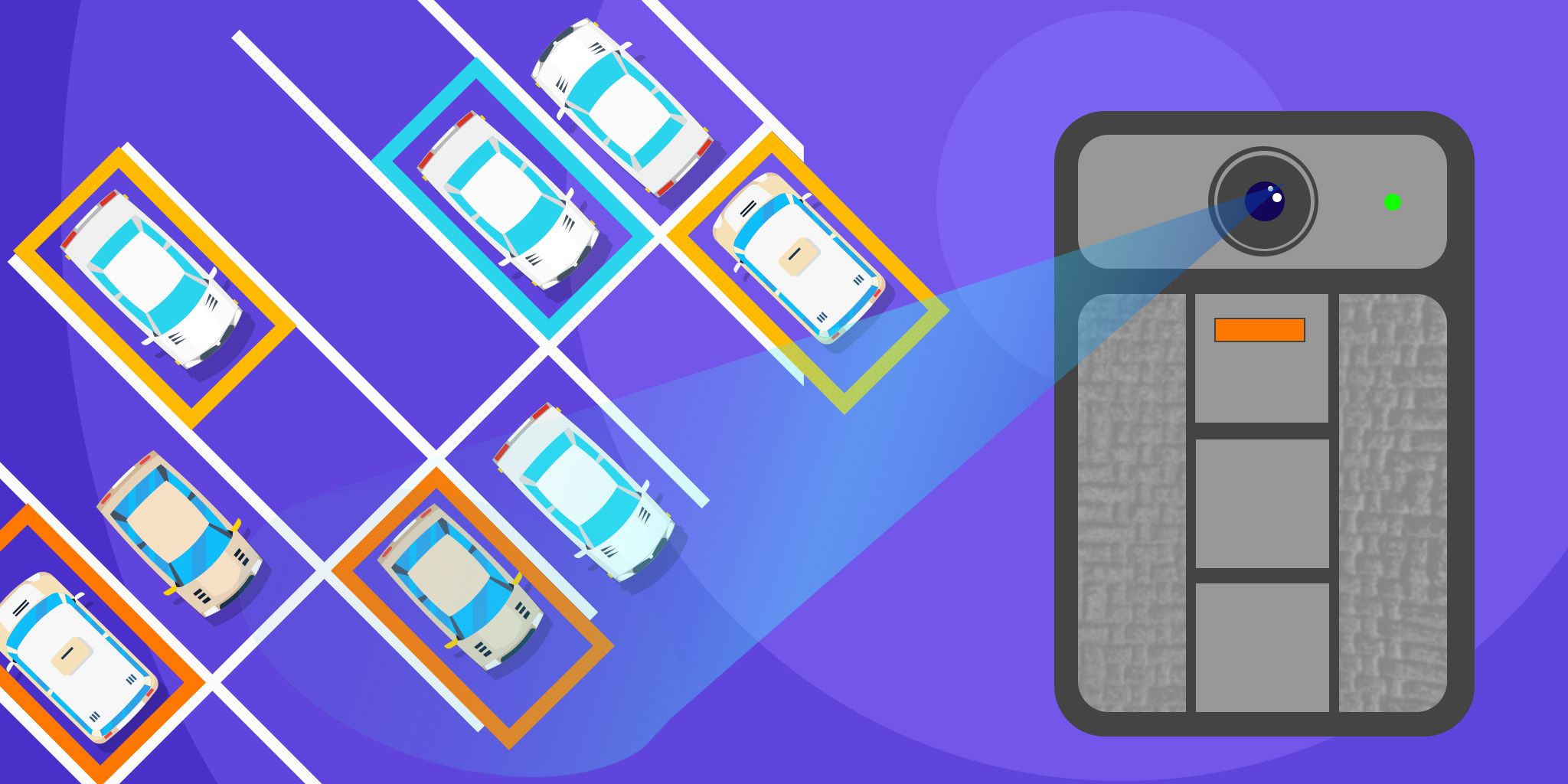How to Optimize IT Infrastructure in the Age of AI
How to Optimize IT Infrastructure in the Age of AI
- Last Updated: May 20, 2025
Colin Bonini
- Last Updated: May 20, 2025



Artificial intelligence (AI) and machine learning (ML) technologies have completely revolutionized IT infrastructure. Whether they’re used to create predictive analytics for real-time resource management and anomaly detection or for task automation to optimize operational efficiency, these technologies are propelling the IT field into an era of unmatched innovation, speed, scalability, and efficiency. In this fast-paced, competitive environment, IT leaders must have in-depth knowledge of these technologies’ functions and applications as well as concrete strategies for implementing them into existing infrastructures.
Srinivasa Raju Pakalapati is a seasoned DevOps leader who specializes in AI-driven infrastructure and automation. As a senior lead DevOps engineer, he has more than 23 years of experience in systems engineering and IT infrastructure. In this Q&A, Pakalapati explains what it takes to keep pace with the rapidly advancing digital world and shares strategies for overcoming its challenges.
Q: How is AI used in IT infrastructure to transform business operations?
Pakalapati: By using AI and ML as integral components of their infrastructures, organizations are increasingly making smarter, faster, and more accurate business decisions—at scale and in more cost-effective, innovative ways. According to McKinsey's 2023 report on AI's economic impact, generative AI (GenAI) is expected to contribute up to $4.4 trillion annually to the global economy and will significantly reduce the time spent on routine work activities. The report suggests that 50 percent of work-related tasks could become automated as soon as 2030, potentially increasing labor productivity by up to 3.4 percent annually. AI affects all elements of IT infrastructure and brings significant changes to business operations, desired skill sets, and industry standards.
Q: How does innovation by IT leaders contribute to successful transformations?
Pakalapati: The leap between innovation and success might seem overwhelming, but in practice, it results from concrete decisions by IT leaders to incorporate AI into their infrastructures and operations. Automated resource management and real-time data processing help organizations optimize their available budgets and resources. Predictive analytics allow companies using microservices and cloud solutions to accurately scale applications up or down based on previous use patterns. AI’s anomaly detection capabilities contribute to improved data encryption and security standards.
These innovations don’t happen on their own. They occur in organizations that focus on hiring IT leaders and personnel who understand the value and function of AI technologies and how these technologies can be integrated into their existing systems and operations. At this point in the AI evolution, organizational success relies on building, training, and supporting an AI-friendly leadership team.
Q: What are the main challenges and risks of integrating AI into IT infrastructures?
Pakalapati: Before making a blind decision to utilize AI, IT departments must evaluate whether the current infrastructure is compatible with AI implementation or if it requires a complete overhaul. Depending on the answer, the challenges of deploying AI might not be worth the costs and risks. For example, the quality and amount of information required to train AI could be difficult to attain if organizations still use legacy systems with limited datasets and poor interoperability. Or, if an organization handles highly sensitive data, like medical records and personal information, it is essential to encrypt and protect it's data throughout the transition.
It’s also vital for companies to consider how using AI will impact their carbon footprint. Additionally, organizations should evaluate the skills and needs of their employees, and how they will provide training and support as employees integrate the new technologies. Weighing risks, obstacles, and costs against the goals and potential benefits well before implementation is paramount.
Q: What steps should IT leaders take to safely implement GenAI in their existing infrastructures?
Pakalapati: First, organizations need to set clear goals and objectives that align with their needs to ensure they’re addressing immediate challenges with achievable solutions. Having a robust AI integration plan is one of the most important steps and is another reason IT leadership needs to thoroughly understand the functions and applications of these new technologies. This planning step is also when organizations consider the risks, costs, and obstacles of integrating AI technologies and develop concrete, actionable strategies and safety nets.
Next, it’s up to managers and administrators to foster a culture of collaboration and innovation throughout the organization. Implementing and maintaining IT infrastructures is typically the responsibility of IT departments. Failing to create cross-functional teams with key stakeholders from other departments can hinder successful integration. This often becomes a primary obstacle to AI integration. With this in mind, organization leaders can provide training and resources to encourage a culture of cross-departmental collaboration.
Once an organization decides to incorporate AI into its infrastructure and has prepared its employees and stakeholders, it’s crucial to thoroughly vet and assess all training data. The enterprise can then use a phased implementation approach, starting with smaller solutions and gradually scaling up. Establishing strong key performance indicators (KPIs) at all stages is vital for monitoring performance and utilizing the findings for continuous improvement.
Q: How do other emerging technologies augment the use of AI in IT infrastructures?
Pakalapati: GenAI and ML are invaluable technologies, especially when paired with innovations like edge computing, the Internet of Things (IoT), 5G, and hybrid cloud solutions. While AI has been stealing the spotlight in technological innovation, 5G networks are estimated to contribute $330 billion to the global gross domestic product (GDP) through faster connections across multiple platforms and applications. Paired with AI, this technology enables even faster data processing and pattern recognition, resulting in real-time business decisions that enhance productivity and improve efficiency. Similarly, edge computing reforms how organizations store and access data, increasing the adoption of hybrid cloud strategies as companies move away from traditional cloud and data centers. With these massive repositories of dynamic data training GenAI, the potential applications of GenAI become even more boundless. To stay ahead of the competition, it is in the best interest of company leaders to invest in these technologies alongside GenAI.
AI is only the start.
With AI growing rapidly and showing no signs of delay, it’s time for companies that seek to maintain a competitive edge to seriously invest in new technologies. This isn’t a one-time initiative or a short-term commitment. AI has changed what it means to be an IT professional, and leaders in the field must prepare themselves and their teams with new skills, support systems, and mindsets. Beyond investing in available technologies like AI, edge computing, and IoT to optimize cost, speed, and efficiency, organizational leaders must foster a broader cultural shift toward ethical, sustainable innovation within their IT and DevOps teams.
About the Author: Colin Bonini is a writer and college instructor from San Jose, California. In addition to creative projects, he writes about innovative, goal-oriented research from leaders and professionals across various sectors, with a special interest in emerging IT technologies. He currently lives, writes, and teaches in Philadelphia, PA. Connect with him at cpjude.com
The Most Comprehensive IoT Newsletter for Enterprises
Showcasing the highest-quality content, resources, news, and insights from the world of the Internet of Things. Subscribe to remain informed and up-to-date.
New Podcast Episode

What is Hybrid Connectivity for IoT?
Related Articles





